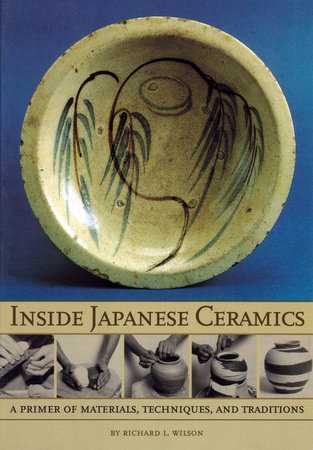This practical and supremely useful manual is the first comprehensive, hands-on introduction to Japanese ceramics. The Japanese ceramics tradition is without compare in its technical and stylistic diversity, its expressive content, and the level of appreciation it enjoys, both in Japan and around the world. Inside Japanese Ceramics focuses on tools, materials, and procedures, and how all of these have influenced the way traditional Japanese ceramics look and feel. A true primer, it concentrates on the basics: setting up a workshop, pot-forming techniques, decoration, glazes, and kilns and firing. It introduces the major methods and styles that are taught in most Japanese workshops, including several representative and well-known wares: Bizen, Mino, Karatsu, Hagi, and Kyoto.
While presenting the time-tested techniques of the tradition, author Richard L. Wilson also accommodates modern technologies and materials as appropriate. Wilson has gathered a wealth of information on two fronts—as a researcher of Japanese pottery and art history, and as a potter who has studied and worked for years with master Japanese potters. In his introduction, he provides a short history of Japanese ceramics, and in closing he looks beyond traditional methods toward ways in which Western potters can make Japanese methods their own. Richly illustrated with 24 color plates, over 100 black-and-white photographs, and over 70 instructive line-drawings, Inside Japanese Ceramics is indispensable for potters as well as connoisseurs and collectors of Japanese ceramics. Above all, it is an invitation to participate—to study, make, touch, and use the exquisite products of the Japanese ceramic tradition.







